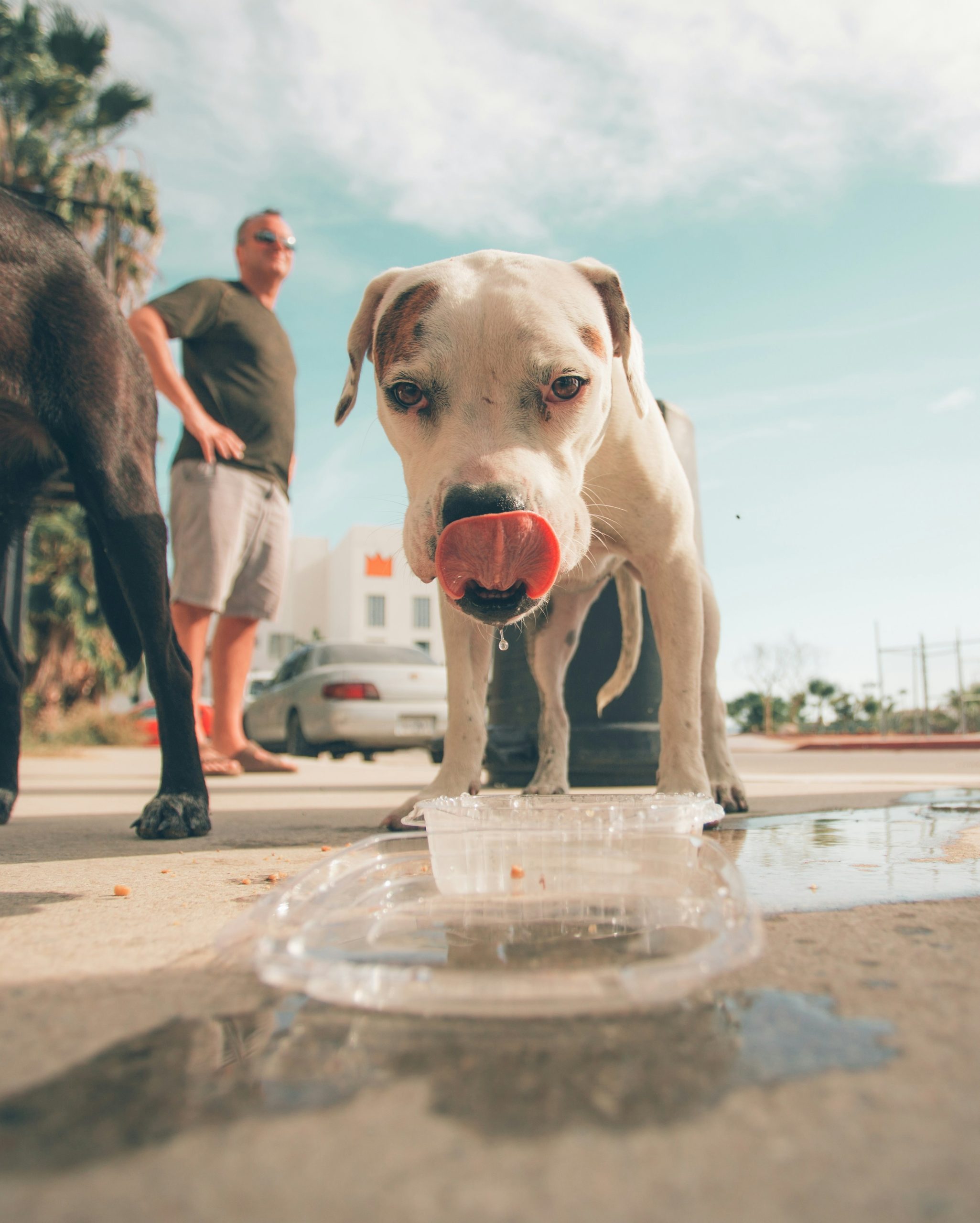Safeguarding Your Pooch: Understanding and Preventing Heat Stroke in Dogs
An overview of heat stroke in dogs, including the definition, causes, symptoms, immediate first aid, veterinary assistance, and prevention measures to protect your furry companions.
Overview of Heat Stroke in Dogs
Definition and Importance
Heat stroke in dogs is a critical and potentially life-threatening condition characterized by a rapid increase in body temperature, which can lead to organ damage or failure. It is vital for pet owners to be aware of the causes, symptoms, treatment, and prevention of heat stroke in dogs to protect their beloved pets.
Causes of Heat Stroke in Dogs
Several factors can contribute to heat stroke in dogs, including high ambient temperatures above 80°F, humidity levels exceeding 70%, lack of ventilation in confined spaces, and certain breeds being more susceptible, such as Bulldogs and Pugs due to their anatomy. For example, brachycephalic breeds have difficulty regulating their body temperature efficiently, making them more prone to heat stroke.
Signs and Symptoms of Heat Stroke in Dogs
Recognizing the signs and symptoms of heat stroke in dogs is crucial for early intervention. Common indicators include an increased heart rate, excessive thirst, dry or sticky gums, loss of coordination, an elevated body temperature above 104°F, and in severe cases, tremors or seizures. For instance, if a dog is panting excessively, drooling excessively, and showing signs of weakness, it could be experiencing heat stroke.
Immediate First Aid for Heat Stroke in Dogs
When providing immediate first aid for a dog with heat stroke, it is essential to act quickly and effectively. Avoid using ice water for cooling as it can constrict blood vessels. Instead, place the dog on a cool surface or use cool packs on the groin area, armpits, and neck. Offering small amounts of water to prevent dehydration and monitoring the dog’s temperature every 5 minutes until it reaches 103°F are critical steps in providing initial care. By taking these measures promptly, you can help lower the dog’s body temperature and prevent further complications.
Veterinary Assistance for Heat Stroke in Dogs
In cases of severe heat stroke, veterinary assistance is necessary to ensure the dog receives proper medical care. Veterinarians may conduct blood tests to assess organ function and provide treatments such as oxygen therapy to support breathing. In more critical situations, dogs may require hospitalization for intensive care and monitoring to prevent complications and improve their chances of recovery.
Preventing Heat Stroke in Dogs
Prevention plays a significant role in safeguarding dogs from heat stroke. Pet owners can take proactive measures such as providing access to a shaded and well-ventilated area during hot weather, avoiding strenuous exercise in peak temperatures, using pet-safe cooling products like cooling pads or vests, never leaving dogs unattended in hot vehicles, and being mindful of high-risk factors in certain breeds or health conditions that make dogs more susceptible to heat stroke. By being vigilant and implementing preventive strategies, pet owners can reduce the risk of their dogs experiencing heat stroke.




